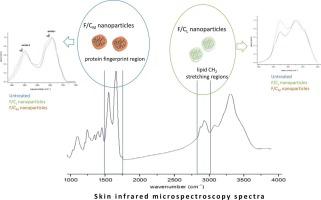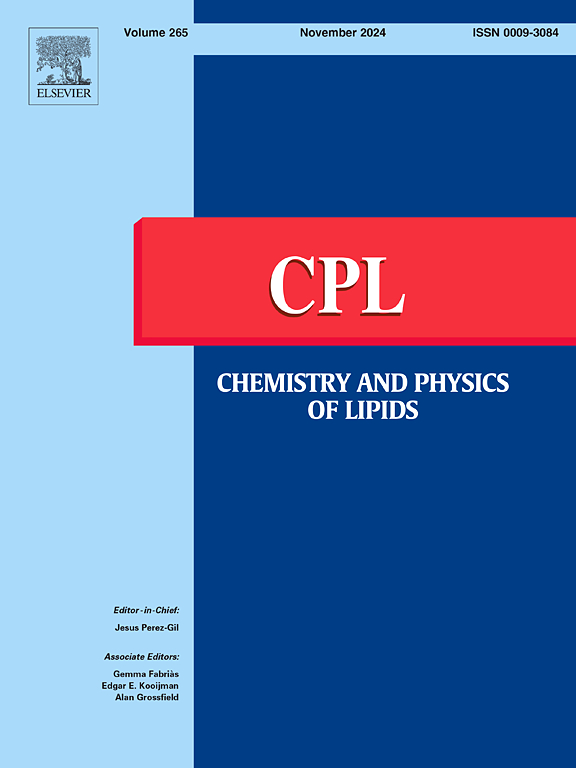The application of nanoparticles as permeation enhancers in skin drug delivery is a growing research field. However, the mechanisms of nanoparticles’ interaction with the skin structure are still unknown. Fucoidan/chitosan nanoparticles have demonstrated several physicochemical and biological advantages, among which is the enhancement of skin permeation. This study aims to elucidate permeation enhancement mechanisms using synchrotron-based Fourier Transform Infrared Microspectroscopy (SR-FTIRM) combined with multivariate analysis and in vitro skin permeation assay. Given the molecular weight influence on chitosan’s properties, the nanoparticles-skin interactions were evaluated with nanoparticles produced using low- and medium-molecular-weight chitosan. Chemical maps and spectral analysis revealed that fucoidan/chitosan nanoparticles induced changes in the lipids and protein regions. Inter-sample spectral differences were identified using principal component analysis. Low molecular weight fucoidan/ chitosan nanoparticles caused changes in the skin lipids’ lateral packing and structure at the stratum corneum layer towards a less ordered state and higher fluidity, and no evidence was found on proteins structure. The opposite was revealed for medium molecular weight fucoidan/chitosan nanoparticles, which induced changes in the secondary structure of keratin and altered lipid structure to an ordered and dense conformation. In vitro permeation assays with Franz diffusion cells correlate with the observed changes in the skin lipid and protein structure with enhanced skin permeation of a hydrophilic molecule incorporated within the fucoidan/chitosan nanoparticles. The findings of this study unveil molecular changes in the skin structure induced by the nanoparticles only possible with the application of the powerful and precise SR-FTIRM technique. This knowledge allows the design of nanoparticles towards an internalization pathway determining their fate within the skin structure.



